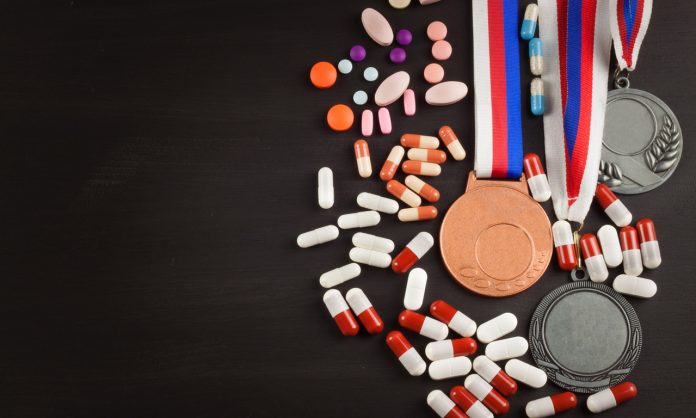The World Anti-Doping Agency (WADA) released an updated List of Prohibited Substances and Methods (the List).
The document, which is released annually, is part of a comprehensive program that aims to eliminate doping in professional sport.
“The publication of the 2019 Prohibited List is one of the cornerstones of the global anti-doping program,” WADA said in a statement. “Every year, WADA reviews the List in consultation with a wide range of stakeholders and experts review sources, such as scientific and medical research, trends, and intelligence gathered from law enforcement and pharmaceutical companies.”
The List, which forms part of six ‘International Standards’ which aim to eliminate doping from elite sport, achieved notoriety in 2016 when tennis player Maria Sharapova claimed to have missed the email containing the most recent version after she tested positive for meldonium, a newly banned substance she had been prescribed to help treat an irregular heartbeat.
The International Tennis Federation concluded that Sharapova had not taken the substance with the intention of cheating, but they ultimately conformed to WADA guidelines, which hold athletes responsible for the contents of what they consume, and she was banned for a year.
While responsibility ultimately lies with the athletes themselves, health professionals — particularly medical practitioners and pharmacists — have important roles in advising athletes who are subject to anti-doping testing as part of their sporting organisation or code.
In their 2018 Position Statement, the Australian Medical Association (AMA) recommended ‘the Federal Government, along with agencies such as ASADA [Australian Sports Anti-Doping Authority] and the TGA [Therapeutic Goods Administration], should regularly distribute relevant information and updated information about drugs in sport to all Australian medical practitioners, pharmacists, legislators, sporting organisations, educators and sporting organisations,’ they said.
The full list of prohibited substances can be found here.
Further advice for pharmacists can also be found in the chapter Drugs in sport in the latest edition of the Australian Pharmaceutical Formulary and Handbook (APF).



 Professor Margie Danchin[/caption]
Professor Margie Danchin[/caption]

 Dr Peter Tenni[/caption]
Dr Peter Tenni[/caption]
 How should we deprescribe gabapentinoids, according to the Maudsley Deprescribing Guidelines[/caption]
How should we deprescribe gabapentinoids, according to the Maudsley Deprescribing Guidelines[/caption]



 Pharmacists have always prescribed, but they have the potential to prescribe much more
Pharmacists have always prescribed, but they have the potential to prescribe much more




